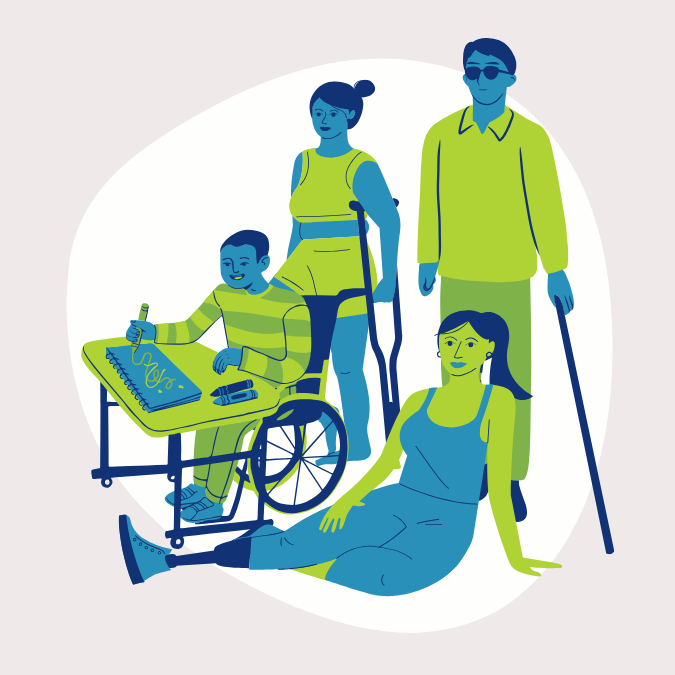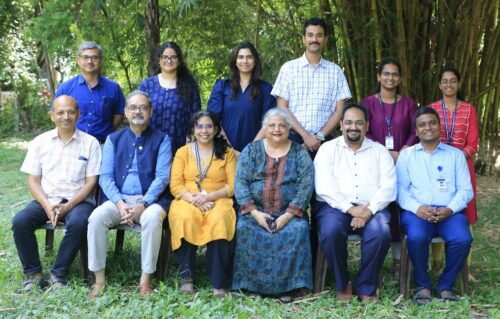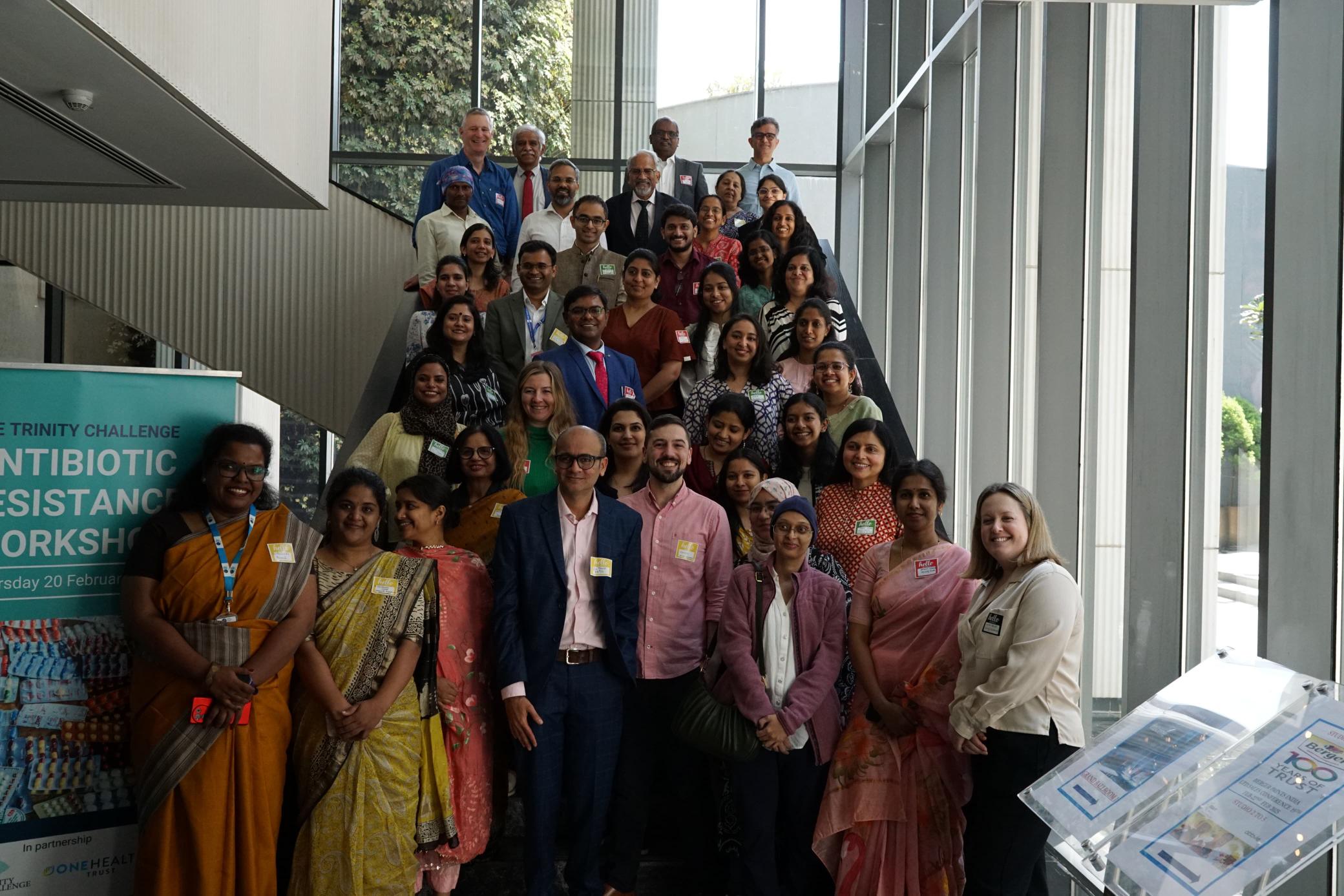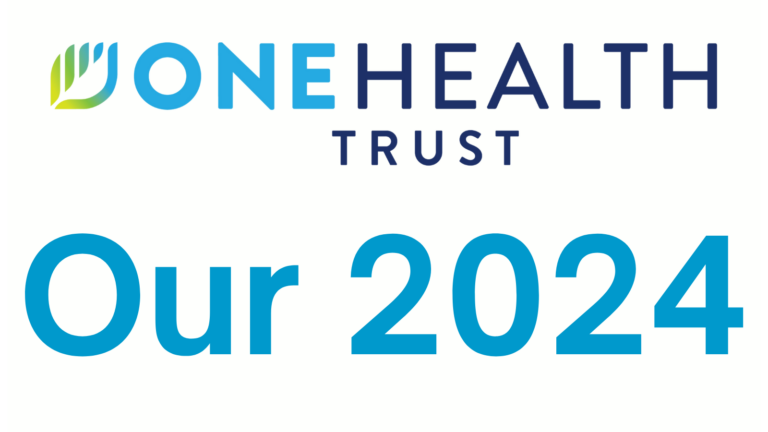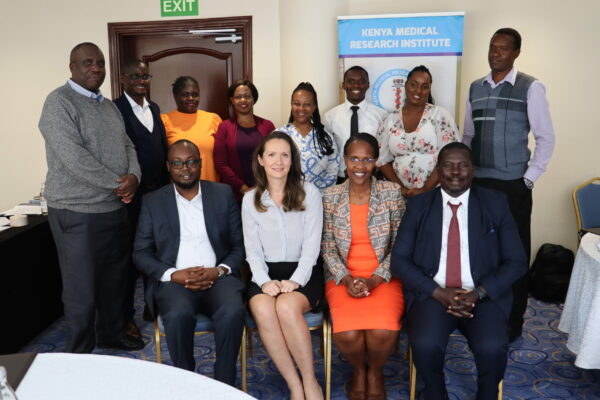August 25, 2016
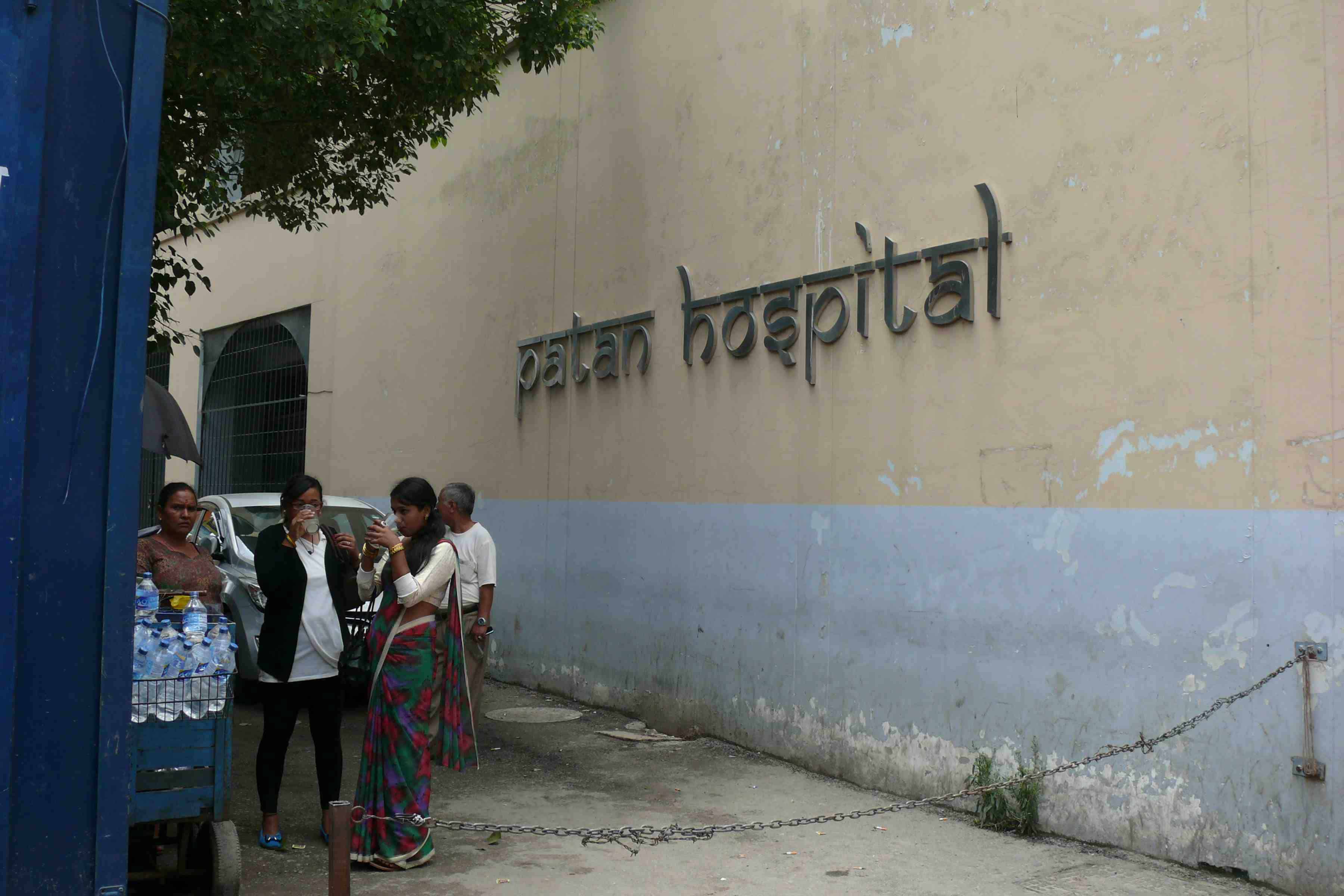
I have been working in Patan Hospital in Kathmandu since 2008 but my interest in antimicrobial resistance goes back to my student days. I came to Patan after 7 years of working in conflict situations, dealing with natural and manmade disasters. With a new degree in medical microbiology after two years at the Liverpool School of Tropical Medicine and all the field experience, I thought I was prepared for anything. But a few days after I started at Patan, I saw a report for an ICU patient that had lingered for weeks in the reports box with “Acinetobacter spp” from a throat swab with resistance to all of the tested antibiotics. When I asked my colleagues whether I should call the ICU and let them know, I was told it was just a contaminated culture—bad lab work. But in fact, it was a true result. That was when I recognized Patan’s problems with hospital-acquired infections and resistant organisms, which continue to grow exponentially. In 2011-2012, major outbreaks of resistant Klebsiella pneumoniae in the neonatal intensive care unit led to shocking mortality rates that left the hospital, attending physicians and laboratory personnel at their wits end about how to get it under control and ensure that it did not happen again.
It was against this background of desperation that Dr. Buddha Basnyat, my boss, came to me one day in 2012 excited about something called “GARP”—the Global Antimicrobial Resistance Partnership. My honest reaction was, “another group…fine…but I just want some help in figuring out how to keep things under control with these resistant bugs!”
I went to the first GARP meeting out of sheer desperation, and there I found out about the “Drug Resistance Index.”I’d never heard of it, but once it was explained, it grabbed my attention. The DRI, developed by CDDEP, is a composite index that includes both the ability of antibiotics to treat infections and the extent of their use in clinical practice. It basically helps to quantify and communicate overall changes in the effectiveness of the antibiotic arsenal within a given setting. I thought this would be ideal for Patan Hospital where we had no clear idea what our past antibiotic resistance experience had been—just that there was a big problem. Fortunately for Patan, we have our own internal pharmacy (unusual among hospitals in Nepal), which made implementation of the DRI possible. We also had 25-30 years of recorded data from the microbiology laboratory, which made it possible for us to calculate the DRI for past years as well. We decided then and there to implement the DRI in Patan Hospital.
It hasn’t exactly been smooth sailing. Did I mention that those 25-30 years of data were all handwritten in massive ledgers and had to be digitized before any analysis could be done? It took almost two years working around the clock, with data entry, double entry and spot checks. It was finally done—we’ve calculated DRIs for all the past years and now add monthly updates. Though we have yet to see the longitudinal evolution of resistance in bugs within the hospital, and for people to use the generated DRI to make changes in hospital policy, the three years that it has taken to get everything in place have been crucial in raising awareness about antimicrobial resistance within the hospital.
An example is from the pharmacy: we were working through some glitches in the pharmacy computer system and realized that, although we had an internal pharmacy, not all the drugs were in stock and some prescriptions did get purchased in one of the many medical shops outside the hospital. This led to developing protocols for the various wards and various conditions so that we could, with the help of all departments, decide on what drugs the pharmacy needed to stock and also to get all physicians thinking about antibiotic cycling in the near future. The whole process of making protocols and asking the hospital to get consultants or senior residents to counter sign prescriptions for broader spectrum antibiotics was a Herculean task, and we are not there yet, but an important thing happened: all the doctors in Patan Hospital are talking about prescriptions, becoming more conscious of their antibiotic choices and—Hallelujah!—doctors are calling the microbiology laboratory to discuss test results.
Our eventual wish for the DRI is that the hospital will use it to advance antimicrobial stewardship programs. We are still some way from getting this done, but you know how sometimes you look back when you get near the finish line, and you get that extra spurt of motivation to finish because you have covered more ground than you expected? That is how I feel. When I look back at the four years that have gone by since we decided to implement the DRI, much has happened—not just digitizing old data and getting the laboratory computerized, but perhaps most significant: the ongoing dialogue that has started within the various disciplines in the hospital is fantastic. Thank you, DRI!
Abhilasha Karkey, PhD, DPhil, is a medical microbiologist at the Oxford University Clinical Research Unit, Kathmandu, and member of the GARP-Nepal Working Group.
Image via The Nepal Critical Care Development Foundation (NCCDF)



